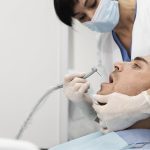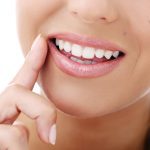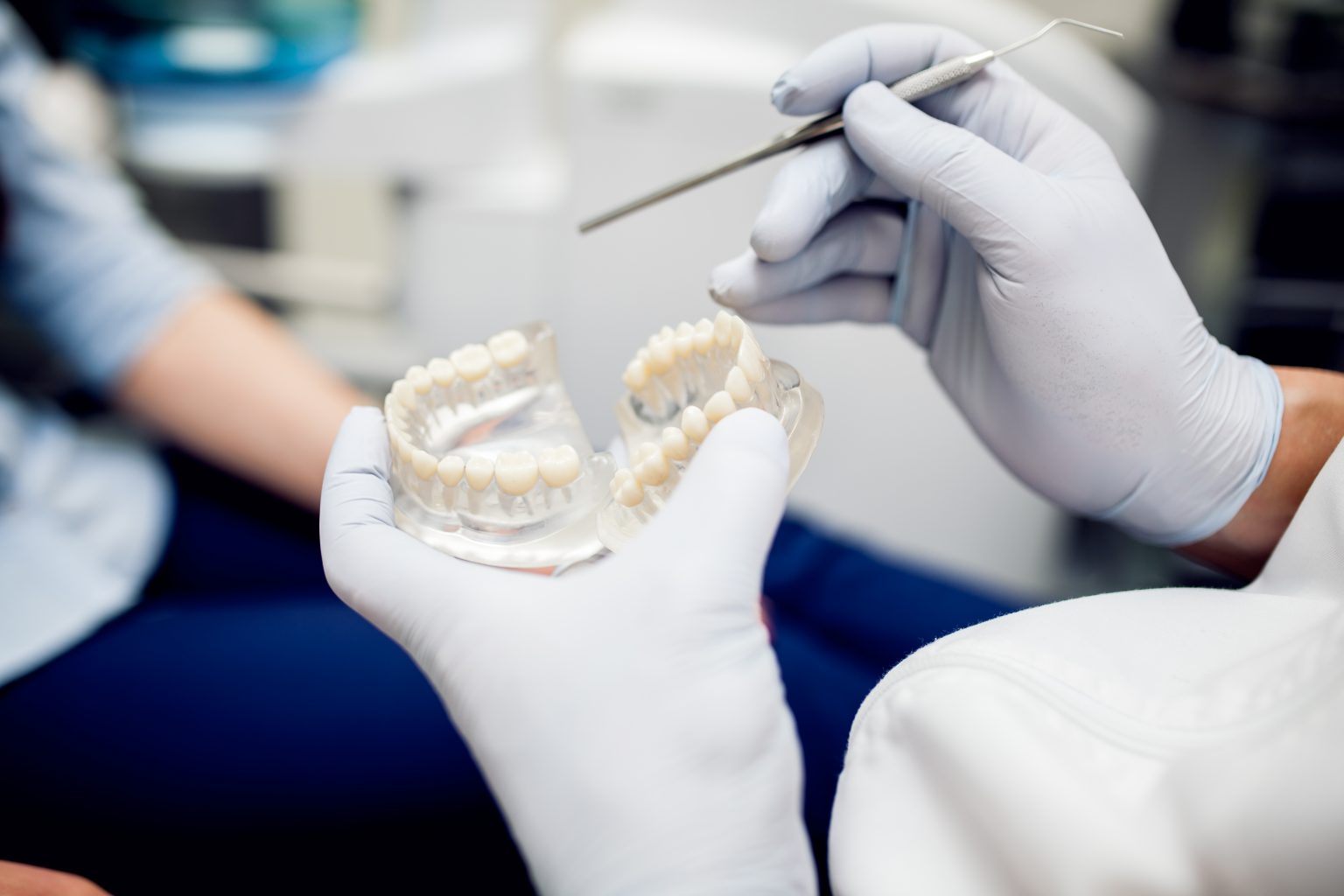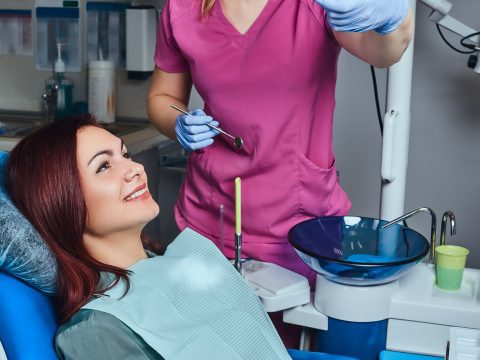Dental extractions, while common, can be a daunting prospect for many. Whether it’s the removal of a problematic wisdom tooth or addressing a decayed tooth, understanding the procedure and aftercare is crucial for a smooth and comfortable experience. In this comprehensive guide, we’ll navigate the intricacies of dental extractions, shedding light on the procedure itself and providing valuable insights into post-extraction care.
The Dental Extraction Procedure: A Step-by-Step Overview
- Initial Assessment: Before the extraction, your dentist will conduct a thorough examination of your oral health, reviewing X-rays and discussing your medical history. This step is crucial for determining the most appropriate extraction approach.
- Anesthesia Administration: To ensure a pain-free experience, local anesthesia is administered to numb the area around the tooth. For more complex cases or multiple extractions, your dentist may recommend general anesthesia.
- Tooth Extraction: Using specialized instruments, the dentist carefully loosens and removes the tooth. While some teeth may require simple extraction, others may need a more complex surgical approach, especially impacted wisdom teeth.
- Stitching and Gauze Placement: Post-extraction, the dentist may need to stitch the wound to aid healing. Gauze is then placed over the extraction site to control bleeding and promote clot formation.
- Post-Extraction Guidance: Your dentist will provide clear instructions for the initial post-extraction period, including guidelines on diet, activities to avoid, and how to manage any discomfort.
Aftercare: Nurturing Your Healing Mouth
- Managing Discomfort: It’s normal to experience some discomfort after an extraction. Over-the-counter pain relievers and prescribed medications can help alleviate pain. Applying a cold compress to the cheek can also reduce swelling.
- Oral Hygiene: While it’s crucial to maintain oral hygiene, the extraction site requires special care. Gentle brushing around the area and rinsing with a saltwater solution can help keep the wound clean.
- Dietary Considerations: In the days following the extraction, opt for soft, easy-to-chew foods to avoid putting excessive pressure on the healing site. Steer clear of hot or spicy foods that may irritate the area.
- Avoiding Certain Activities: To facilitate optimal healing, it’s advisable to refrain from smoking, vigorous rinsing, and engaging in strenuous activities for the first few days post-extraction.
- Follow-up Appointments: Schedule and attend any recommended follow-up appointments with your dentist. These visits allow the dentist to monitor the healing process and address any concerns promptly.
Potential Complications and When to Seek Help
- Normal vs. Abnormal Healing: Understanding the difference between normal healing and potential complications is crucial. While some discomfort, swelling, and mild bleeding are normal, persistent pain, excessive bleeding, or signs of infection warrant immediate attention.
- Dry Socket Awareness: Dry socket, a condition where the blood clot in the extraction site is dislodged or dissolves prematurely, can lead to severe pain. If you experience intense pain a few days after the extraction, consult your dentist promptly.
- Infection Prevention: Following post-extraction guidelines diligently is key to preventing infections. If you notice signs of infection such as swelling, redness, or discharge, contact your dentist for prompt evaluation and treatment.
Addressing Common Concerns and FAQs
- Can I Brush My Teeth After an Extraction? While it’s important to maintain oral hygiene, brushing around the extraction site with a soft-bristled toothbrush is recommended. Avoid directly brushing the wound to prevent irritation.
- How Long Does Recovery Take? The initial healing period typically spans a few days, with complete recovery taking a few weeks. Factors like overall health, adherence to aftercare instructions, and the complexity of the extraction can influence the timeline.
- When Can I Resume Normal Activities? Gradually reintroduce normal activities based on your dentist’s recommendations. Strenuous activities should be avoided initially, and smoking should be refrained from during the healing period.
Conclusion: Empowering You on Your Dental Extraction Journey
In navigating the realm of dental extractions, understanding the procedure and committing to diligent aftercare are paramount. By following your dentist’s guidance and recognizing the signs of normal healing versus potential complications, you can embark on your post-extraction journey with confidence. Remember, open communication with your dental care provider ensures a smoother experience, fostering optimal oral health and well-being.




